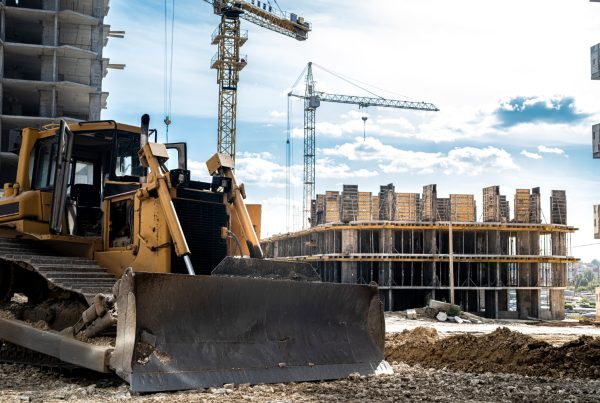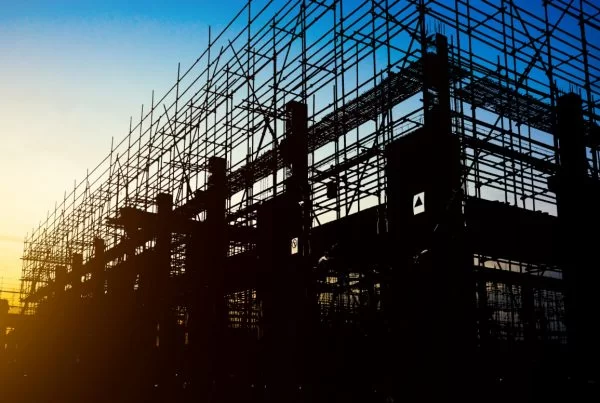
At the Construction and Sustainability Summit during ICW Borneo 2025, Professor Neil Thomas MBE delivered a compelling keynote urging the construction industry to rethink its impact on the planet. His session, titled “Meeting the Needs of the Present Without Compromising the Ability of Future Generations to Meet Their Own Needs,” opened with a sobering quote: that climate change, often framed in passive language, should be referred to more accurately as mass extinction.
The urgency of his message was reinforced with recent examples: unprecedented floods in Dubai and Spain, rising death tolls from extreme weather in California, and London’s unpreparedness for heatwaves. These are not isolated incidents, but rather symptoms of a systemic crisis in which the built environment plays a pivotal role.
Professor Thomas challenged architects, engineers, and developers to design with the planet in mind. He advocated for the use of natural and renewable materials, such as timber and bamboo, over carbon-intensive ones like concrete and steel. Notably, the presentation highlighted how countries such as France and Canada are already leading this shift. France has committed to making 50% of all public buildings timber-based, while Canada’s GCWood programme incentivises wood use in construction to cut emissions and stimulate green jobs.
Designing responsibly isn’t just about materials – it’s about mindset. A powerful case study included in the presentation was the Massive Attack concert in Bristol, where the band removed the car park and encouraged concert-goers to use public transport, walk or cycle. It’s a symbol of rethinking convenience and infrastructure to serve a larger environmental goal.
Thomas reminded the audience that sustainability is not just a global responsibility; it’s also a personal one. The quote, “What can I do? I am but one person,” followed by the reply, “Said 8 billion people,” encapsulates the power of collective action.
As the climate clock ticks louder, the construction industry has both the responsibility and the tools to lead the way. In Part 2 of this series, we delve into the specific materials, innovations, and projects that are making sustainable construction a present-day reality, rather than just a future ideal.
Related article
Part 2: Sustainable Materials – Shaping the Future with Wood and Bamboo














